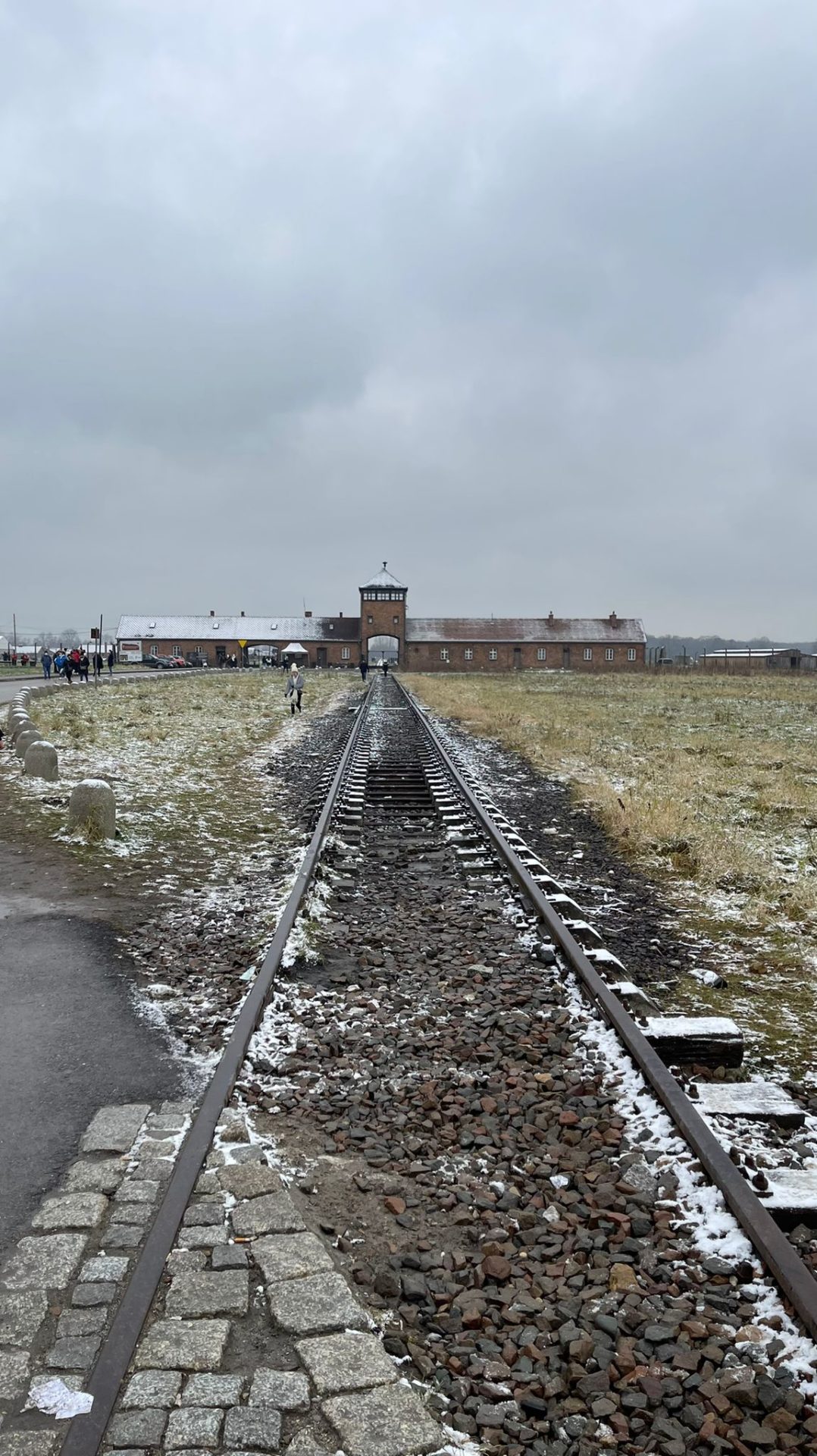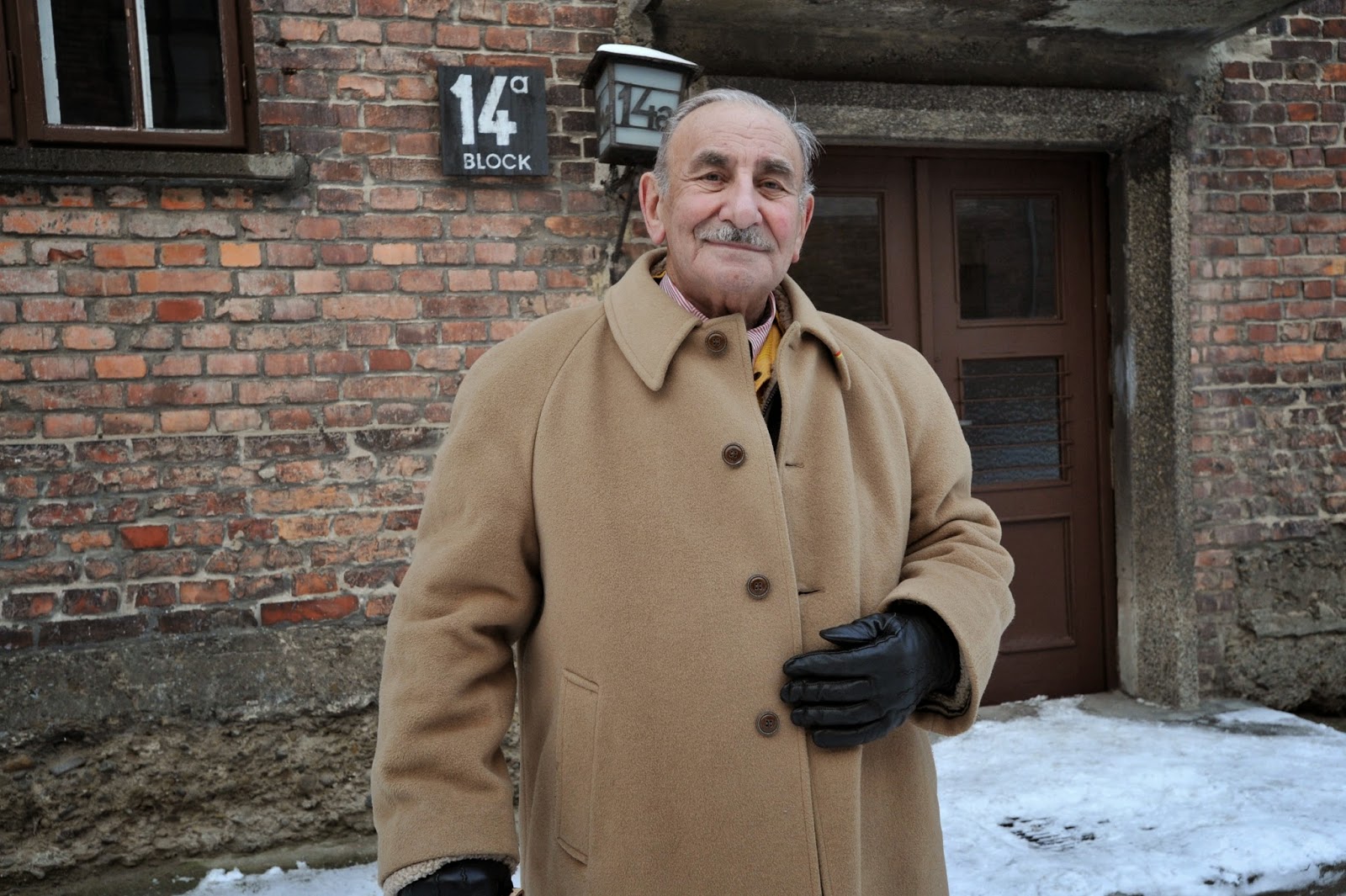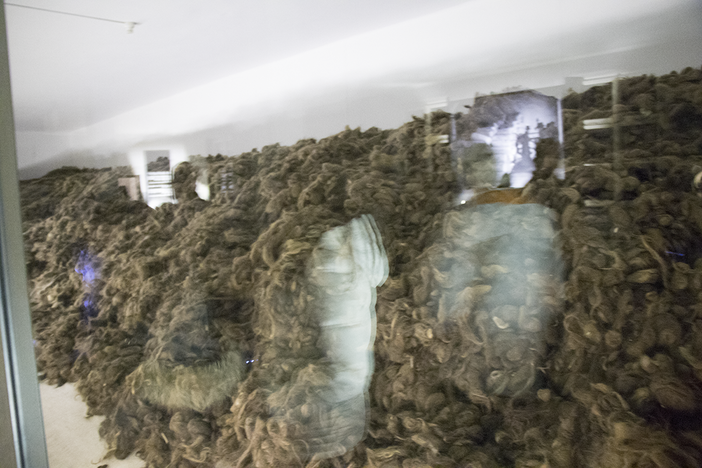This Tuesday, December 7, about a hundred and fifty ninth-grade students flew out for the memory trip organized each year by the Alpes-Maritimes department.
For 18 years, the notoriously infamous Auschwitz and Birkenau camps have welcomed students from the Alpes-Maritimes department each year. Selected based on a motivation letter to take part in the trip, these students will later create presentations, photo exhibitions, videos, prose texts, poems, and drawings through which they will share their feelings throughout the journey.
Ceremony of Remembrance
On the Birkenau site, a remembrance ceremony took place in front of the symbolic French commemorative plaque displaying this quote:
“May this place where the Nazis murdered a million and a half men, women, and children, mostly Jews from various countries in Europe, be forever for humanity a cry of despair and a warning.”
In turn, students spoke in front of the plaque to read poems, tell stories, and read letters, including the last letter of little Marie Jelen to her father, an 11-year-old deportee from Paris. A student concluded the readings by stepping forward before the semi-circle formed by his peers to read his own prose in memory of Charles Gottlieb, a Holocaust survivor who became a true ambassador of memory for the younger generations by participating in some thirty memory trips organized by the Alpes-Maritimes department.
The ceremony concluded with the laying of a wreath by representatives of the department’s president, Charles Ange Ginesy, and the Alpes-Maritimes deputy Eric Ciotti. A minute of silence was then observed in tribute to the victims of the Holocaust.
Auschwitz
The second part of the day was spent at the Auschwitz site, where groups of students closely followed their guides, missing not a single word of the tales being told.
A surge of emotion was felt before the displays showcasing the personal effects of prisoners, mountains of glasses, prosthetics, shoes, and suitcases still marked with the names and addresses of their owners.
But what stirred the most emotions was the mass of hair piled behind a long showcase. Yellowed over time, this hair was once vividly colored and part of the adornment of men and women violently shaved upon arrival at the camp. Once sold, this hair was used as insulation material.
As the group moved among the blocks, continuing the visit, a student approached the guide to innocently inquire why the prisoners did not rebel. There were many of them in this camp; why did they not decide in a joint effort to rise against their tormentors? “Because they had no strength,” simply replied the guide. The SS took perverse pleasure in exhausting the prisoners, who, hungry and scantily clad in sub-zero temperatures, were forced to work. According to a testimony from Simone Veil, they were sometimes asked to carry heavy materials from point A to point B. The next day, they would be asked to move the same materials in the opposite direction.
Block 11, The Block of Death
“None of the prisoners who entered Block 11 came out alive.”
Block 11 served as a prison within a prison, a tragically ironic mise en abyme where nonsensical judgments were enacted. Thousands of prisoners were murdered in the courtyard of Block 11, shot by a firing squad against the wall.
Concentration and Extermination
Once arriving from their journey, crammed together in train cars for several days, the prisoners were given light striped pajamas upon arriving at the concentration camps. It was with these same clothes they worked and slept. They had no opportunities to change or wash them. The prisoners dreamt of taking a shower. And this is what they were promised when the SS directed them to the gas chambers. Showerheads were even installed in the chambers to convince them for as long as possible that they were about to wash. But water never flowed in the gas chambers.
Once the doors were closed, Zyklon B was thrown in through openings on the roof, these chemical crystals producing a toxic gas at a certain temperature. In about twenty minutes, the prisoners suffocated, convulsed, and died. An SS doctor would then determine the moment to open the doors to ventilate the chamber. The bodies were then transported by other prisoners to the room below. The room of the crematorium ovens.
This is how our students from Alpes-Maritimes concluded their memory trip. Having immersed themselves in the horrific history of the Holocaust, they returned with an additional wealth of knowledge as they boarded the plane back to Nice, where our new ambassadors of peace can share their experience with their peers who unfortunately could not be part of the trip.





